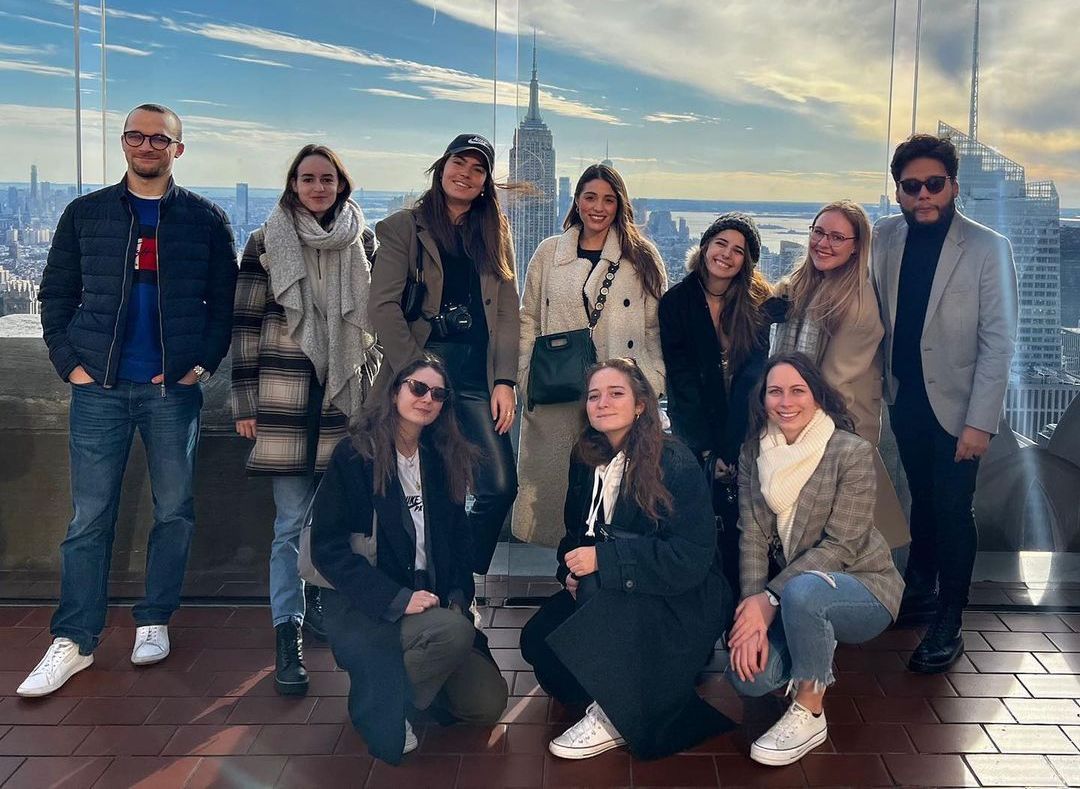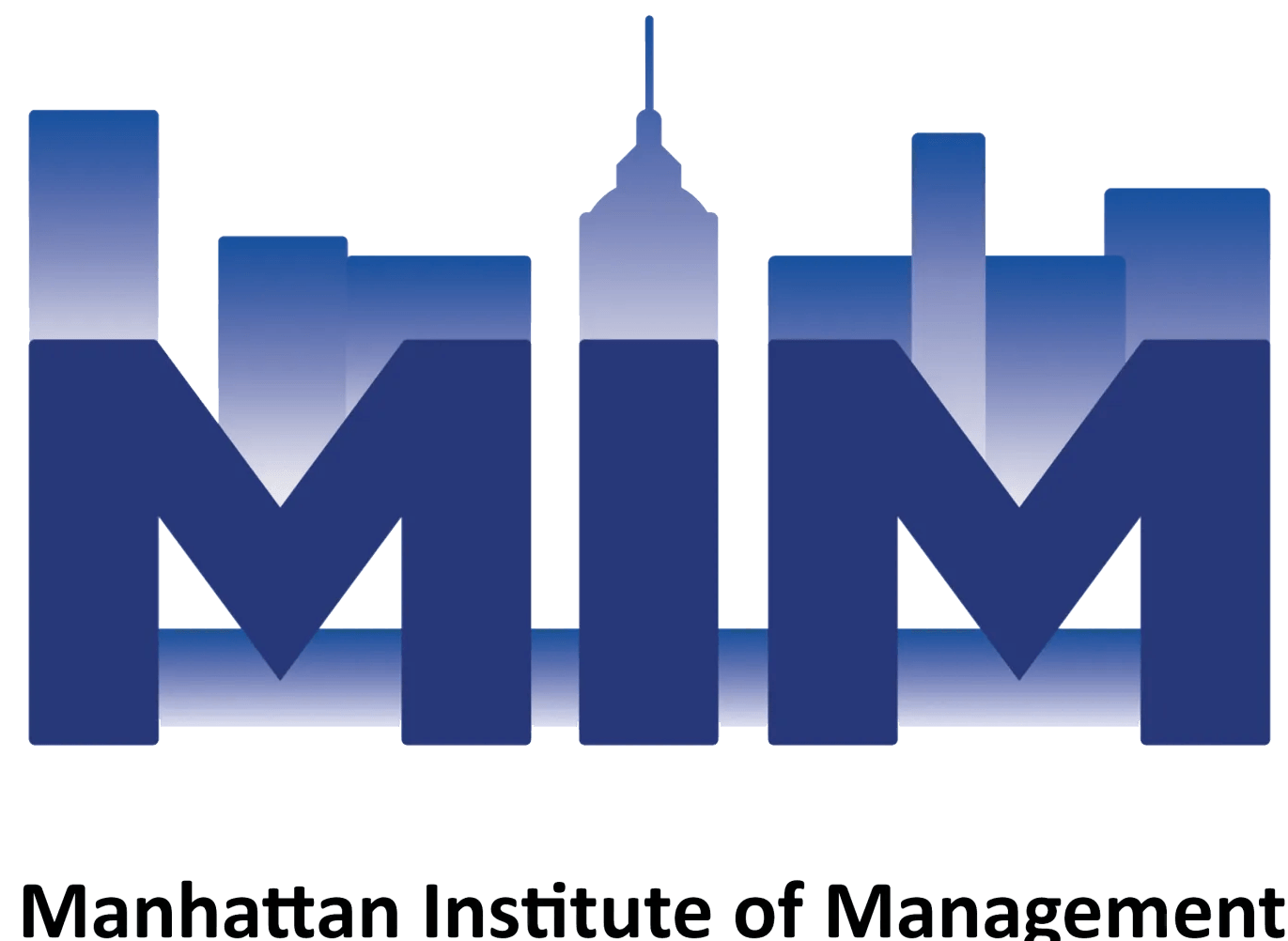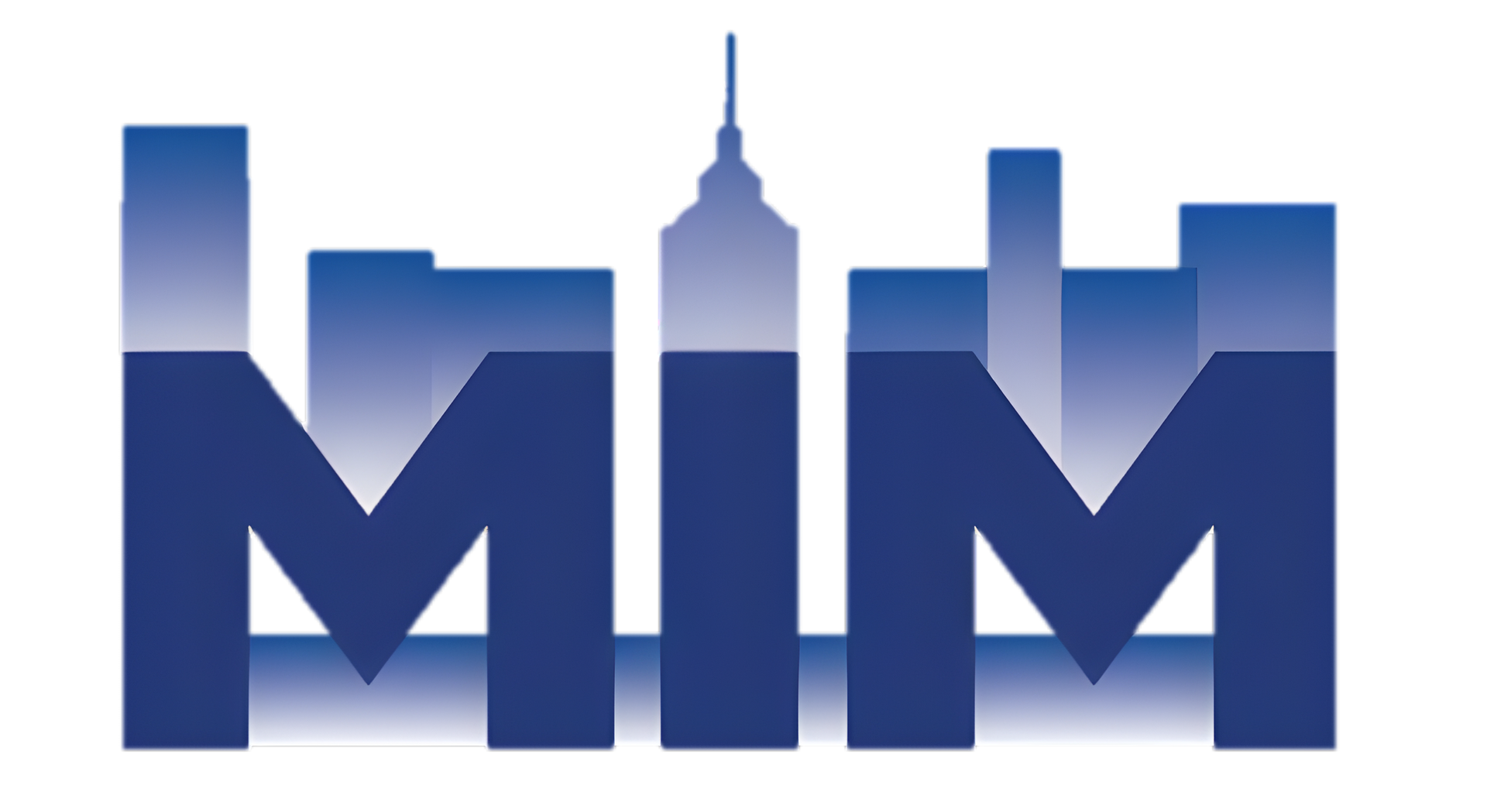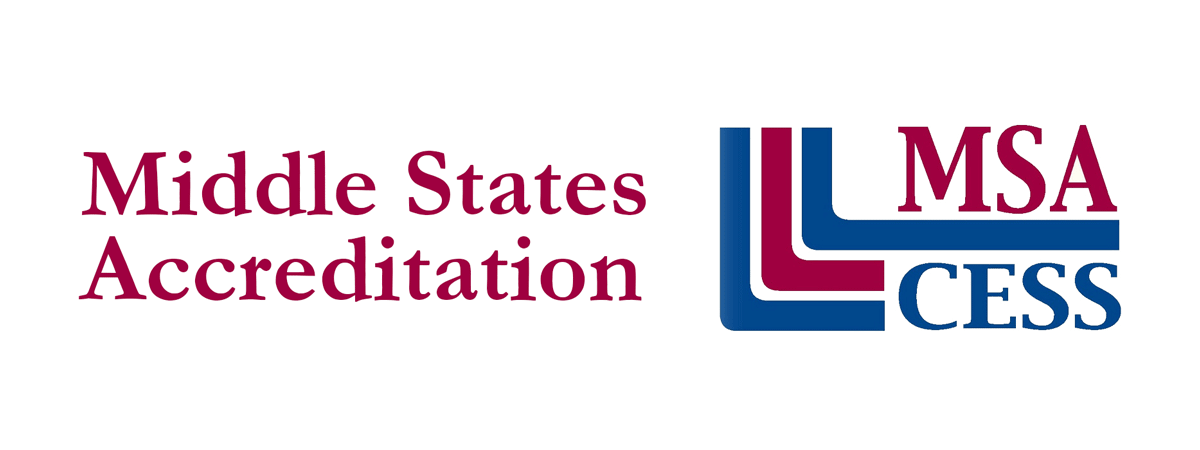Recruiter-Approved Tips to Optimize Your LinkedIn Profile
Your LinkedIn profile is more than just an online résumé — it’s your professional brand. It’s where recruiters, hiring managers, and potential business partners form their first impression of you. Whether you’re an experienced professional or just starting your career, learning how to optimize your LinkedIn profile for recruiters can significantly improve your visibility and credibility in your field.
This guide brings together recruiter-approved strategies to help you strengthen every part of your profile, enhance your visibility in searches, and attract the right career opportunities.

Understand What Recruiters Look For
Before making changes, it’s important to understand how recruiters use LinkedIn. Most recruiters rely on LinkedIn’s search tools to find candidates by keywords, job titles, skills, and location. Profiles that include strategic keywords and complete information rank higher in search results.
Recruiters aren’t just looking for experience — they look for a story. A strong profile communicates who you are, what you do, and what value you bring. Your goal is to make it easy for recruiters to see how you fit into their hiring needs.
Pro tip: Check how your profile appears to others by viewing it in “public” mode. Ensure everything essential — headline, summary, and photo — is visible and professional.
Craft a Strong Headline and Summary
Your headline and summary are the first sections recruiters read. Together, they determine whether someone clicks “Connect” or scrolls past.
Headline Tips
Avoid generic titles like “Business Professional” or “Recent Graduate.” Instead, use a clear, keyword-rich description that reflects your role and specialization.
Example:
“Marketing Coordinator | Skilled in Campaign Strategy, SEO, and Brand Development”
Summary Tips
Your summary is your elevator pitch — a brief yet impactful paragraph (3–5 sentences) that captures your career highlights, motivation, and goals.
A good structure:
- Start with who you are (“Business administration graduate with a passion for process improvement…”)
- Highlight what you’re good at (key achievements or skills)
- Conclude with what you’re seeking or how you add value.
Recruiters love seeing personality here — so avoid copying from a LinkedIn profile search optimization template. Write in your own voice, with clarity and purpose.
Showcase Experience with Measurable Impact
Even if your job titles seem self-explanatory, recruiters want details. Use bullet points and action verbs like “developed,” “led,” “implemented,” or “streamlined” to describe your contributions.
Each bullet should answer:
- What did you do?
- How did you do it?
- What was the result?
Example:
- Implemented a new CRM system that reduced reporting time by 25%
- Coordinated a 10-person team to improve workflow efficiency
If you’re a student or early-career professional, highlight internships, volunteer roles, or academic projects. The key is to show how your experience translates into value.
Optimize Your Skills and Endorsements
Your skills section plays a major role in LinkedIn profile search optimization. Recruiters often filter candidates by specific skills, so make sure yours reflect your real strengths and industry focus.
Best practices:
- Add at least 5–10 skills relevant to your field (e.g., “Data Analysis,” “Financial Modeling,” “Project Management”)
- Reorder them — place the most valuable skills at the top
- Ask colleagues or classmates to endorse your skills (and return the favor)
Recruiters notice when your endorsements align with your job titles and experience. A balanced mix of technical and soft skills makes your profile more appealing.

Use a Professional Photo and Custom Banner
Your profile photo is the first visual cue recruiters get. A high-quality, well-lit, and friendly photo immediately builds trust. Avoid casual selfies, group photos, or filters — treat your picture as if it’s for a company ID or conference badge.
Your banner image (the horizontal photo behind your profile picture) is another branding opportunity. You can:
- Use a skyline image if you’re based in a city like New York
- Add a subtle background with your industry focus (e.g., finance, marketing, design)
- Use neutral tones to keep your profile looking professional.
Leverage Recommendations and Achievements
Recruiters trust peer validation. A few well-written recommendations can do more for your credibility than paragraphs of self-description.
Tips for Getting Recommendations:
- Ask supervisors, mentors, or team members who can speak specifically about your work.
- Offer to write a draft for them — most people appreciate the help.
- Keep recommendations short (3–5 sentences), focusing on your impact and attitude.
Example:
“Ava consistently demonstrated initiative and leadership in every project. Her ability to coordinate cross-functional teams and deliver measurable results made her a key contributor to our success.”
Use LinkedIn Features to Boost Visibility
LinkedIn has evolved into a dynamic professional platform with features designed to increase engagement and discovery. Use them strategically.
- Open to Work: Signal your interest to recruiters without making it public to your network.
- Featured Section: Showcase your top posts, media, or certifications.
- Creator Mode: Ideal for professionals who share industry insights or thought leadership content.
Tools like Careerflow LinkedIn optimization can help you identify profile gaps, suggest relevant keywords, and automate parts of the optimization process — ideal if you’re short on time but want a recruiter-ready profile.
Stay Active and Engaged
Recruiters often check how active candidates are. A dormant profile can suggest disengagement, while a visible one signals initiative and interest.
- Comment on posts from professionals in your field.
- Share useful content or articles related to your industry.
- Congratulate connections on achievements or job changes.
Consistency is more valuable than frequency. Even one or two quality interactions a week can keep your profile active in LinkedIn’s algorithm and visible to recruiters.

Keep Your Profile Current
Updating your profile regularly signals that you’re engaged and serious about your professional growth. Add new certifications, achievements, or projects as they happen.
If you’ve moved cities — especially to major job markets like New York, Los Angeles, or Chicago — make sure your location is updated. Recruiters frequently filter by location, and missing or outdated details can mean missed opportunities.
Avoid Common Mistakes
Even well-meaning professionals make small errors that weaken their profiles. Here’s what to avoid:
- Keyword stuffing: Using too many repetitive keywords can make your profile unreadable.
- Generic headlines: “Experienced Professional” doesn’t say much — be specific.
- Neglecting grammar and formatting: Typos or inconsistent formatting make your profile look rushed.
- Ignoring privacy settings: Adjust your visibility options so recruiters can find and message you easily.
Final Thoughts
Your LinkedIn profile is your digital introduction to the professional world — a mix of résumé, portfolio, and personal brand. Taking the time to optimize your LinkedIn profile ensures that recruiters not only find you but also see the value you bring.
Think of your profile as a living document: it should grow with you, reflect your accomplishments, and communicate your professional story clearly. By applying these recruiter-approved tips, you’ll position yourself as a candidate worth contacting — and a professional ready for new opportunities.
Ready to Take the Next Step in Your Career?
If you’re ready to take the next step in your career and want professional support in preparing your business administration skills, consider exploring the specialized training offered by MIM USA. Their programs are designed to help future leaders strengthen essential skills and prepare for successful business school applications.
Learn more here.







